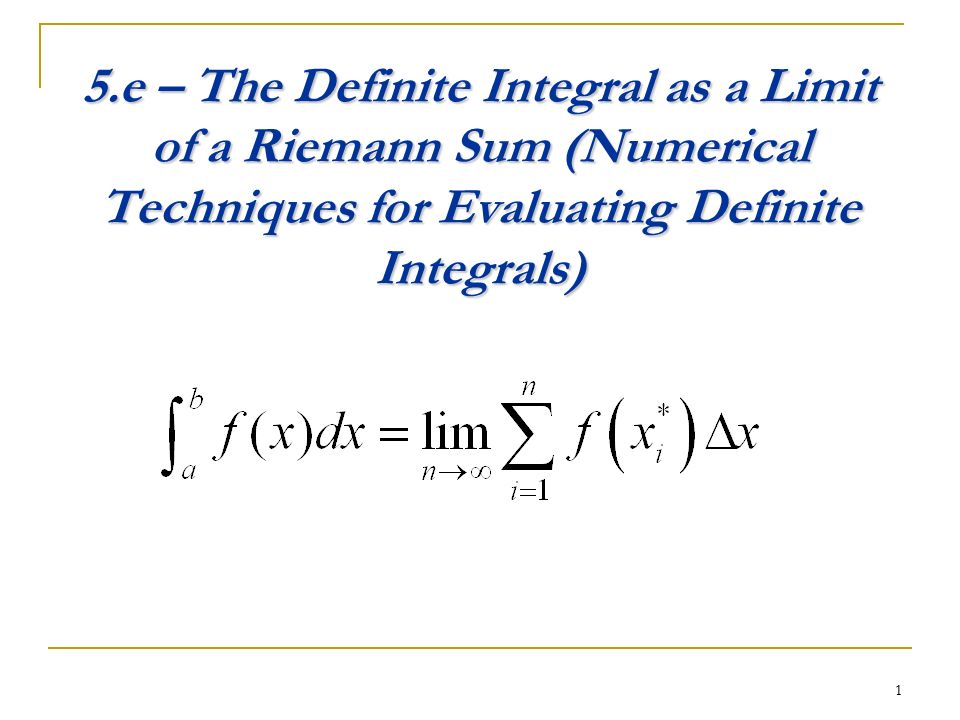AP Calc Exam
1/71
There's no tags or description
Looks like no tags are added yet.
Name | Mastery | Learn | Test | Matching | Spaced |
|---|
No study sessions yet.
72 Terms
A limit exists at x=c if
the limit as x —> c- of f(x) = limit x —> c+ of f(x)
A function is continuous at x=c if
limit as x—>c- f(x) = lim x—>c+ f(x) = f(c )
Three types of discontinuity
point (removable), jump, infinite
f is differentiable at x=c if
f is continuous at x=c and limit x—>c- f’(x) = limit x—>c+ f’(c )
Formal definition of derivative
f’(x) = limit h—> 0 f(x+h) - f(x) / h
formal definition of derivative at x=a
f’(a) = limit h—>0 f(a+h) - f(a) / h
alternate definition of derivative at x=a
f’(a) = limit x—>a f(x) -f(a) / x-a
average rate of change on [a,b]
AROC = f(b) - f(a) / b-a
d/dx (x²)
nx^n-1
d/dx [f(x) x g(x)]
f’(x) x g(x) + g’(x) x f(x)
d/dx [f(x)/g(x)]
g(x) x f’(x) - f(x) x g’(x) / g(x)²
d/dx (f(g(x))
f’(g(x)) x g’(x)
d/dx sin
cos
d/dx cos
-sin
d/dx tan
sec²
d/dx cot
-csc²
d/dx sec
sec x tan
d/dx csc
-csc x cot
d/dx e^x
e^x
d/dx a^x
a^x x lna
d/dx lnx
1/x
d/dx sin^-1
1/√1-x²
d/dx tan^-1
1/1+x²
L’Hospital’s Rule
If the limit of f(x)/g(x) gives you 0/0 or infinity over infinity, the limit of f’(x)/g’(x) works
Position
s(t) or x(t)
Velocity
s’(t) or x’(t)
Acceleration
s’’(t) or x’’(t)
Speed
|v(t)|
Speeding up
velocity and acceleration are same sign
slowing down
velocity and acceleration are opposite signs
linearization or linear approximation
y-f(a) = f’(a)(x-a) OR finding equation for tangent line near point and using it to approximate point
Horizontal asymptotes
limit x—> + or - infinity f(x)
Vertical asymptotes
denominator of f(x) = 0
horizontal tangent
f’(x) = 0 or numerator of f’(x) = 0
vertical tangent
denominator of f’(x) = 0
first derivative test for relative extrema
f’(x) = 0 OR f’(x) fails or dne OR number line
second derivative test for relative extrema
evaluate f’’(x) at each critical point to determine concavity
f’’(+) —> U —> minimum
f’’(-) —> n —> maximum
absolute max and min
f’(x) = 0 OR f’(x) fails or dne OR endpoints
f’ is positive
f is increasing
f’ is negative
f is decreasing
f’’ is positive
f’ is increasing and f is concave up
f’’ is negative
f’ is decreasing and f is concave down
relative maximum
f’ changes from + to -
relative minimum
f’ changes from - to +
point of inflection
f’’ changes sign, f’ changes inc to dec or dec to inc, f changes concavity
∫u^n du
1/n+1 (u^n+1) + C
∫sin
-cos + C
∫cos
sin + C
∫sec²
tan + C
∫csc²
-cot + C
∫sec x tan
sec + C
∫csc x cot
-csc + C
∫ du/u
ln|u| + C
∫e^u
e^u + C
∫f(x)
F(x) + C
∫a^b f(x)
F(b) - F(a)
∫a^b f’(x)
f(b) - f(a)
∫ du/√a² - u²
sin^-1 + C
∫du/a² + u²
1/a tan^-1 (u/a) + C
average value
1/b-a ∫a^b f(x) dx
displacement
∫a^b v(t) dt
total distance
∫a^b |v(t)| dt
definite integral

intermediate value theorem
if f is continuous on [a,b] and k is between f(a) and f(b), then there exists at least one c between a and b such that f(c ) = k
extreme value theorem
if f is continuous on [a.b] then there is at least one maximum value and one minimum value on the interval
Mean Value Theorem
if f is continuous on [a.b] and differentiable on (a,b), then there exists at least one c between a and b such that IROC = AROC (derivative = slope)
Rolle’s Theorem
if f is continuous on [a.b] and differentiable on (a,b), and if f(a) = f(b), then there is at least one c between a and b where f’(c ) = 0
1st Fundamental Theorem of Calculus
if f is continuous on [a,b] and F is the antiderivative of f on [a.b], then ∫a^b f(x) = F(b) - F(a)
2nd Fundamental Theorem of Calculus
if f is continuous of [a,b], then G(x) = ∫a^x f(t) dt has a derivative at every point on [a,b] and dG/dx = d/dx ∫a^x f(t) dt = f(x)
Mean value theorem for integrals
if f is continuous on [a,b] then at some point c on [a,b], f(c ) = 1/b-a ∫ a^b f(x)dx, which is the average value of f
volume of revolution - discs
π ∫a^b [r(x)]² dx
volume of revolution - washers
π ∫ a^b ([R(x)]² - [r(x)']²) dx